Shrimp farms threaten Mexico’s mangroves and the jaguars that inhabit them – Mongabay
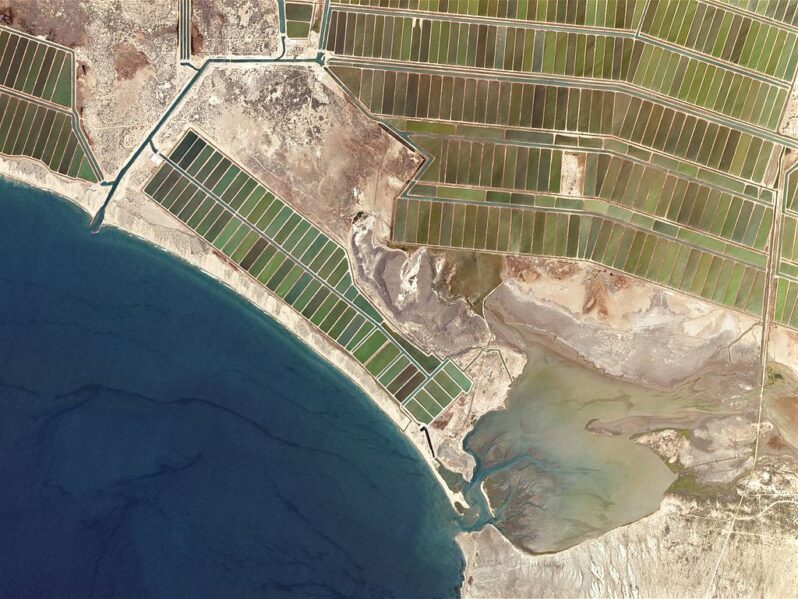
Western Mexico’s rapidly expanding shrimp farms, many of which are illegal, are contributing to the deforestation of the Pacific coast’s mangroves, an important habitat for jaguars…
Tromelin Island’s Impressive Comeback – Hakai Magazine
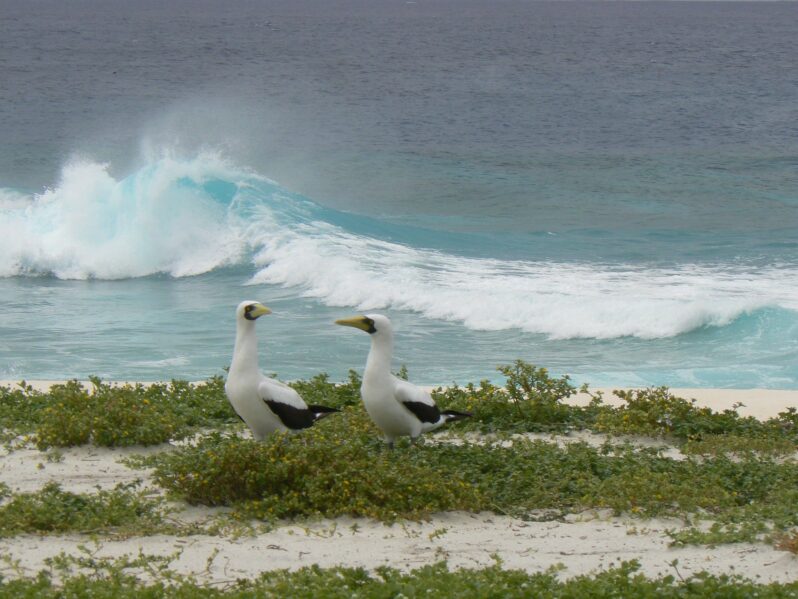
One small island in the Indian Ocean shows how quickly seabird populations can recover after people eradicate invasive predators…
How Florida is Getting Back Its Pink | Interactive – the Washington Post
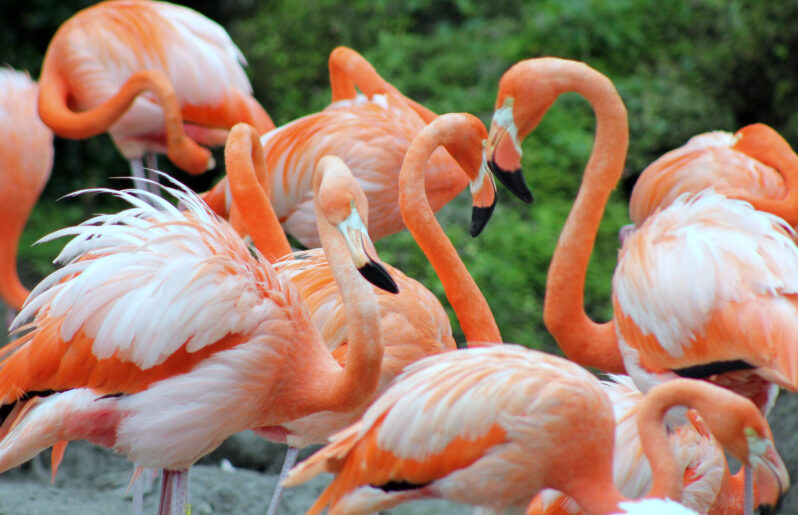
When Keith Ramos heard a small flock of American flamingos had landed last fall at the nature preserve he oversees off Florida’s Atlantic coast, he rushed to get a once-in-a-lifetime glimpse of the gangly pink birds in the wild…
Seabird poop is recipe for coral recovery amid climate-driven bleaching – Mongabay
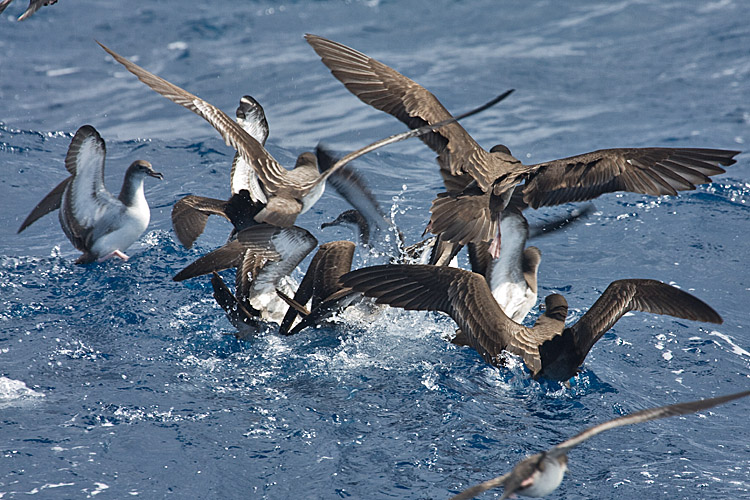
Researchers have found that nutrients from seabird poop led to a doubling of coral growth rates and faster recovery after bleaching events, promoting overall resilience…
A Healthy Coral Reef Is a Symphony – Reasons to be Cheerful Magazine

In the growing field of “ecoacoustics,” scientists use the ocean’s natural sounds to monitor the health of marine ecosystems — and even restore them…
The Gulf Coast is home to one of the last healthy coral reefs. It’s surrounded by oil – Grist Magazine
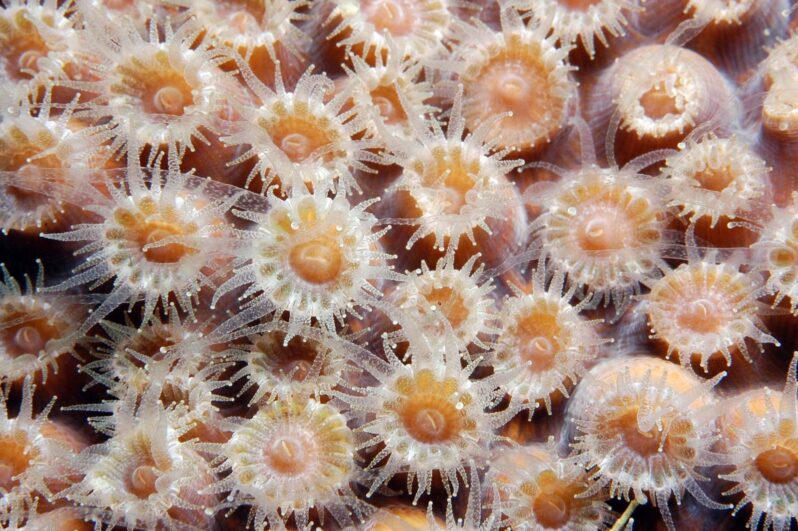
While the Gulf of Mexico is a region known for oil, it’s also home to something far less expected. Nestled among offshore oil platforms, about 150 miles from Houston, is one of the healthiest coral reefs in the world: the Flower Garden Banks National Marine Sanctuary….
Naomi Longa wins 2024 Whitley Award for coral reef conservation in Coral Triangle – Oceanographic Magazine

Last night, the 2024 winners of the Whitley Awards were announced in London. Amongst other grassroot activists, Naomi Longa was given the prestigious award for her inspiring work with the Sea Women of Melanesia…
‘Like wildfires underwater’: Worst summer on record for Great Barrier Reef as coral die-off sweeps planet – CNN World
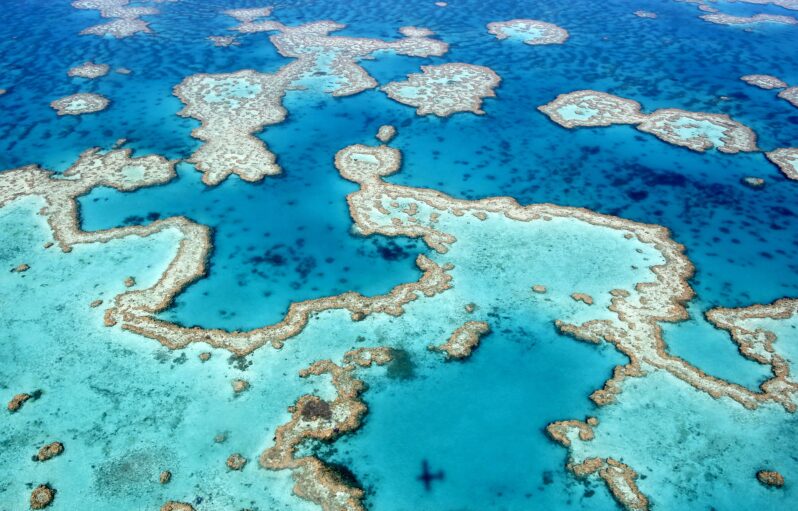
Rising sea temperatures around the planet have caused a bleaching event that is expected to be the most extensive on record…
Great Barrier Reef’s worst bleaching leaves giant coral graveyard: ‘It looks as if it has been carpet bombed’ – the Guardian
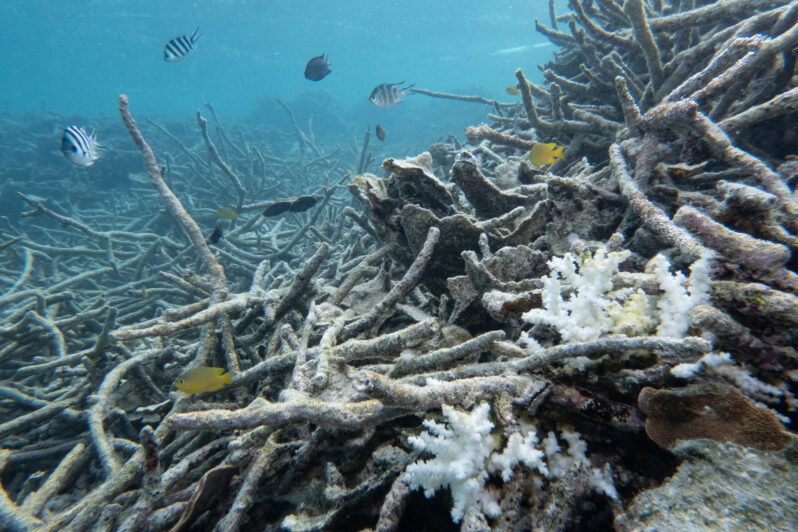
Last month the Australian Institute of Marine Science and the Great Barrier Reef Marine Park Authority released a report warning that the reef was experiencing “the highest levels of thermal stress on record”. The authority’s chief scientist, Dr Roger Beeden, spoke of extensive and uniform bleaching across the southern reefs, which had dodged the worst of much of the previous four mass bleaching events to blight the Great Barrier Reef since 2016…
